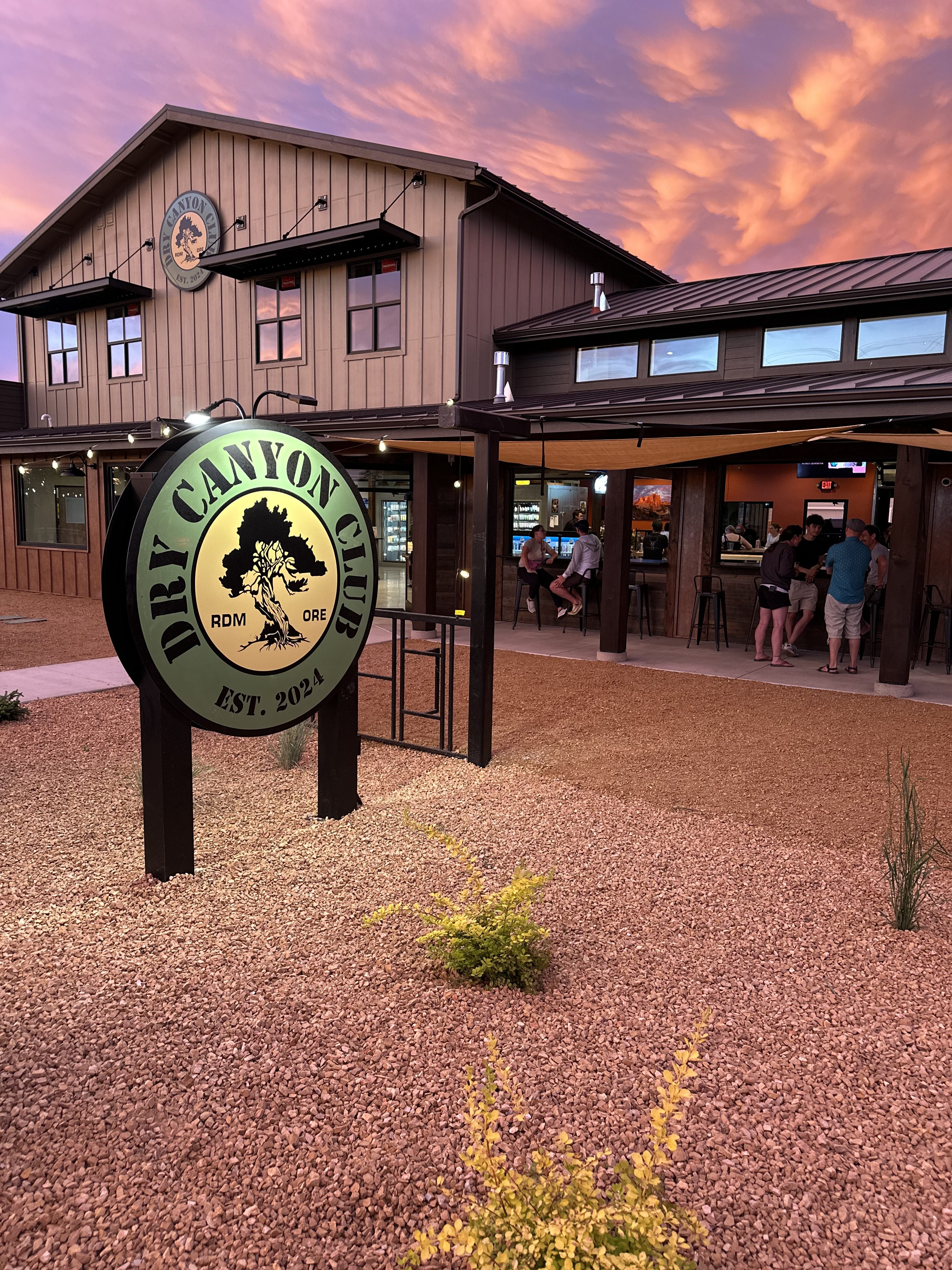Flashback: Football practice brings out 28 men in 1924; Teachers vote 101-13 to strike in 1974; PGE buys ranch to protect steelhead run in 1999
Published 2:00 am Thursday, September 5, 2024

- When Jim Kasserman grows cabbage, he does it in a big way. A single stalk in his garden at 740 N.W. Maple Ave. produced this 13-headed beauty, believed to be a first in the area.
100 Years Ago
Trending
Sept. 11, 1924 — Football practice brings out 28 men
First football practice was held Tuesday night with a turnout of 28. While they were mostly beginners, they made up in interest and determination what they lacked in experience. They are rather light, but all of them gave promise of further development.
Justin King, Omar Hoskins and Scott Moore were the representatives from last year’s team.
Trending
… Mr. Lindstrom, the manual training teacher and coach, is assisting (Borden) Beck in the coaching of the football teams.
75 Years Ago
Sept. 8, 1949 — 110 Farmers sign for potato support
Of the 200 potato farmers who planted within the goals set for them by the state department of the AAA, 110 have signed up for their certificates of eligibility for the potato support price and have paid their fee, it was announced yesterday. They have a total of 1700 acres eligible for support.
Ninety others planted within their goals but failed to file for eligibility certificates, and 77 planted over their goals so are ineligible. The 77 planted a total of 931 acres of potatoes. Their total goal was 352 acres.
The 200 farmers who planted within their goals had a total of 2615 acres of potatoes. Their total goal was set at 3162 acres.
The actual total acreage planted in Deschutes county was more than 450 acres under the county goal of 4005 acres.
50 Years Ago
Sept. 11, 1974 — Teachers vote 101-13 to strike
Negotiations between Redmond teachers and the school board broke off after a one-hour meeting yesterday afternoon that resulted in no agreement.
The night previous teachers had voted 101 to 13 to strike, with two members abstaining.
The school board had met later Monday evening in executive session to develop a new salary offer that would give teachers a 9.9 per cent cost-of-living increase and a $35 fringe package, along with an agreement to use the January Consumer Price Index for Portland as the basis of cost-of-living raises in future negotiations.
Estimating the new offer would cost $55,000 more than the 9.5 per cent salary increase and $27 fringe package that had been offered earlier, the board specified that the necessary money would be made available by reducing the number of teachers in the district by approximately 5½ persons.
“Obviously we would not be representing either our teachers or the students in this district if we gave tacit consent that a significant number of currently-employed teachers should be dismissed,” said Clement, Redmond Charles Education Assn. president.
Jerry Bliven told teachers Monday evening that the REA negotiating team’s position is that the district has the money for the additional salary cost. Estimating that acceptance of the fact finder’s report would cost $60,000 he points to the $154,627.43 that the district is receiving in federal forest receipts, compared to the $75,000 that it had expected, and thereby budgeted, as income.
REA had called for the board to either accept the fact finder’s recommendation of an 11.6 per cent salary increase plus a $38 fringe package or to go to binding arbitration.
Board chairman Don Robeson says he is concerned about the effect on the community and school program that binding arbitration would have. He says money is not available in the budget to cover the additional outlay for salaries and “I don’t feel we’re in a position to exclude any additional services.’ He says the fact finder’s report was not based on fact in recommending a 68 per cent increase in fringes, and an 11.6 per cent hike in salaries based on the July CPI before it had been published. “We had agreed on settlement on tuition reimbursement, and he changed it.”
25 Years Ago
Sept. 8, 1999 — PGE buys ranch to protect steelhead run
Portland General Electric has purchased a 3,000-acre ranch bordering Trout Creek north of Madras with an eye toward rehabilitating three miles of critical steelhead habitat.
PGE and River Conservancy, a conservation organization, announced the $1 million purchase Thursday.
The Trout Creek Ranch property lies about 15 miles north of Madras and about two miles from the confluence of the creek and the Deschutes River.
The land purchase is seen as a stepping stone toward a long-term goal by conservation groups and state fisheries biologists to shore up native steelhead runs in the Deschutes system.
“It will be a start, a good start,” said Tom Nelson, a fisheries biologist with the Oregon Department of Fish and Wildlife in Madras.
PGE bought the land as part of its effort to renew its license to operate Round Butte and Pelton dams on the Deschutes River, according to PGE spokesman Mark Fryburg. That license expires in December 2001.
As part of that relicensing process, the Federal Energy Regulatory Commission is expected to require PGE to mitigate the loss of natural steelhead production caused by the dams.
For years, biologists and conservation organizations have been saying what Trout Creek could be for native steelhead.
The stream flows out of the Ochoco Mountains and meanders for 52 miles before meeting the Deschutes.
The headwaters lie on national forest land, but much of the river flows through private ranch land.
Historically, logging on the upper portion and grazing on the lower portion have led to higher water temperatures and sedimentation, according to PGE and to biologists. Both of those factors limit the productivity of a stream for steelhead spawning.
Even with those problems, Nelson said the river produces about one-third of the wild steelhead in the Deschutes River above Sherar’s Falls north of Maupin.
Fryburg said PGE will study the stream to determine how to to recover naturally while more manage it. Parts may be allowed heavily damaged areas may require active restoration.
Steps such as as replanting trees and placing rock or log barriers to slow the current are of ten used in such areas.








